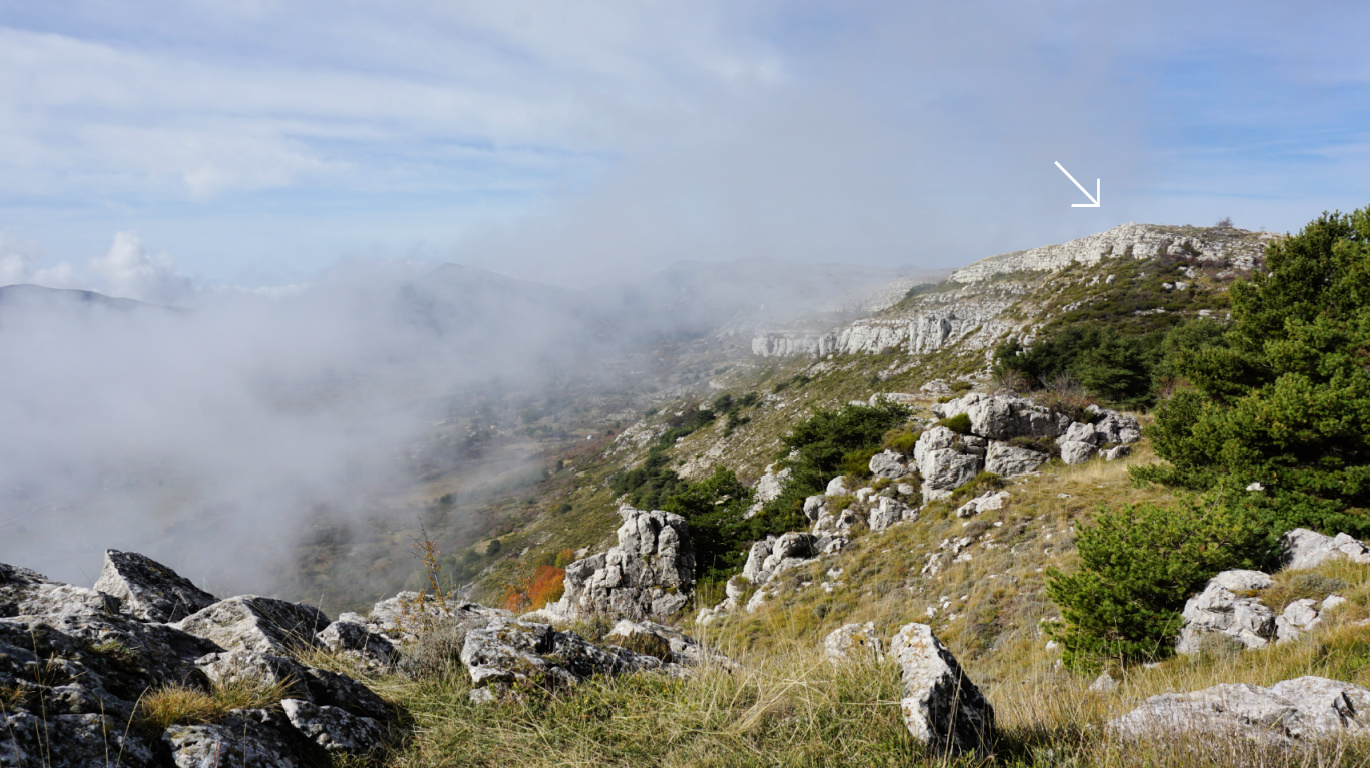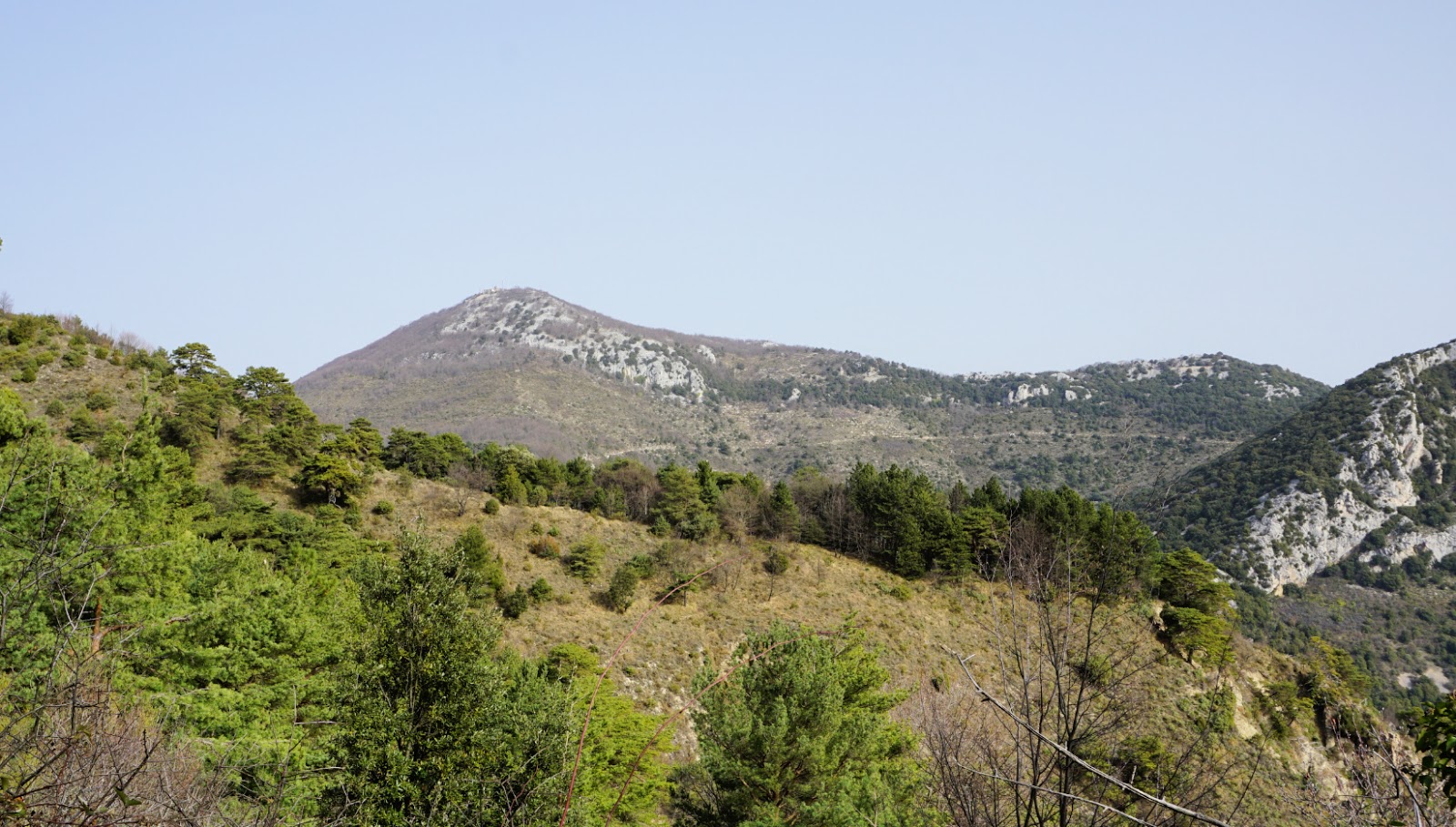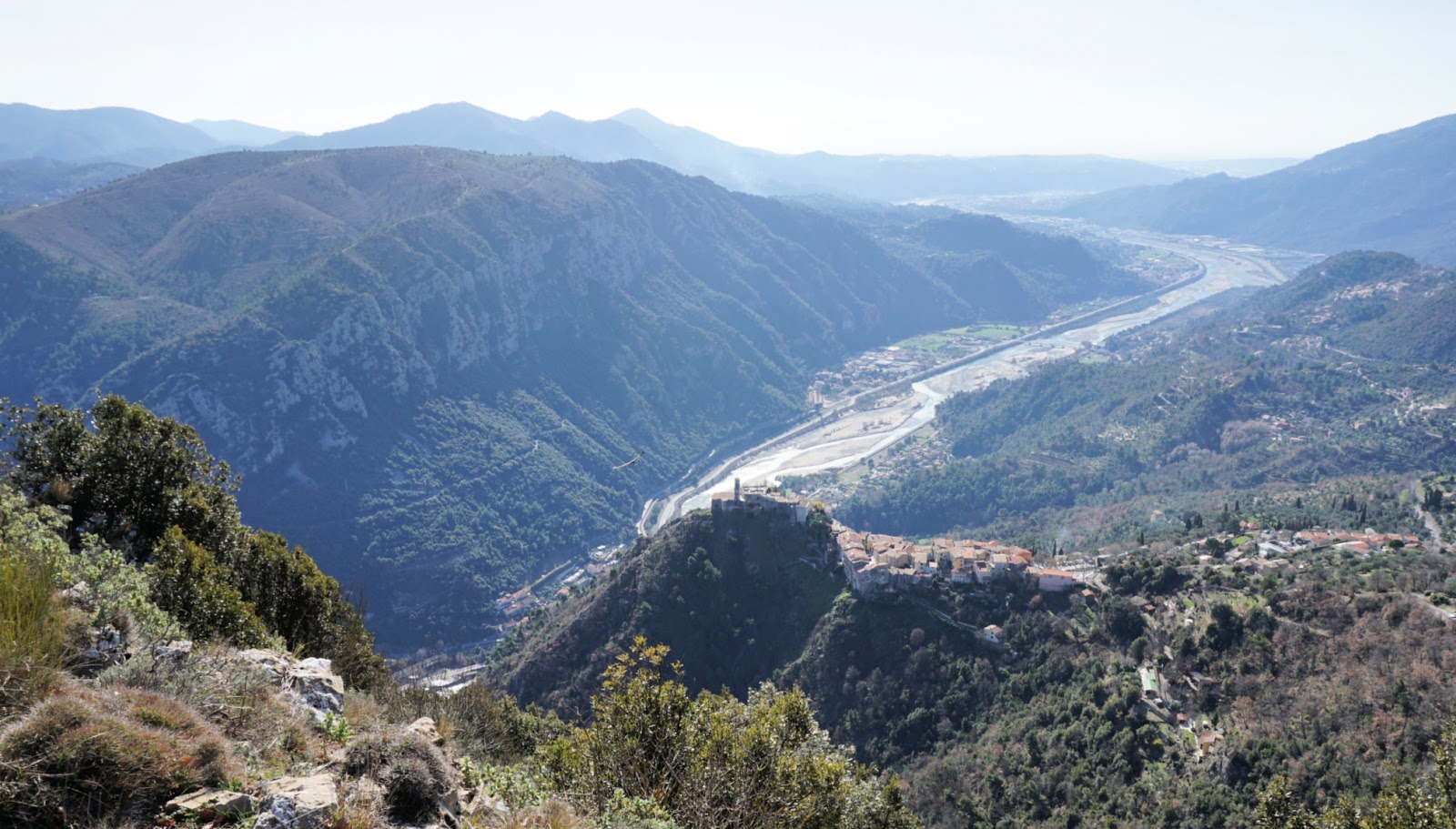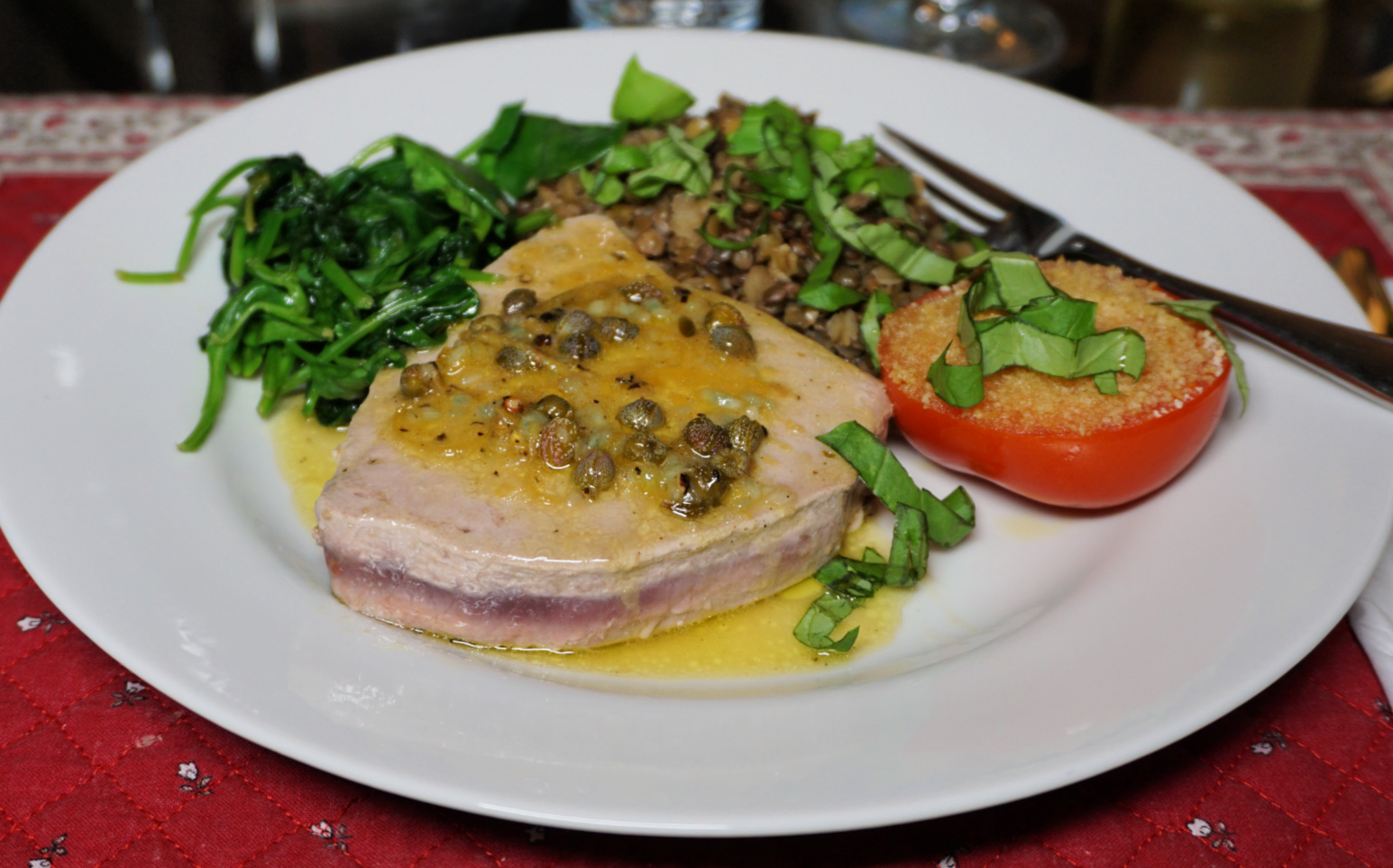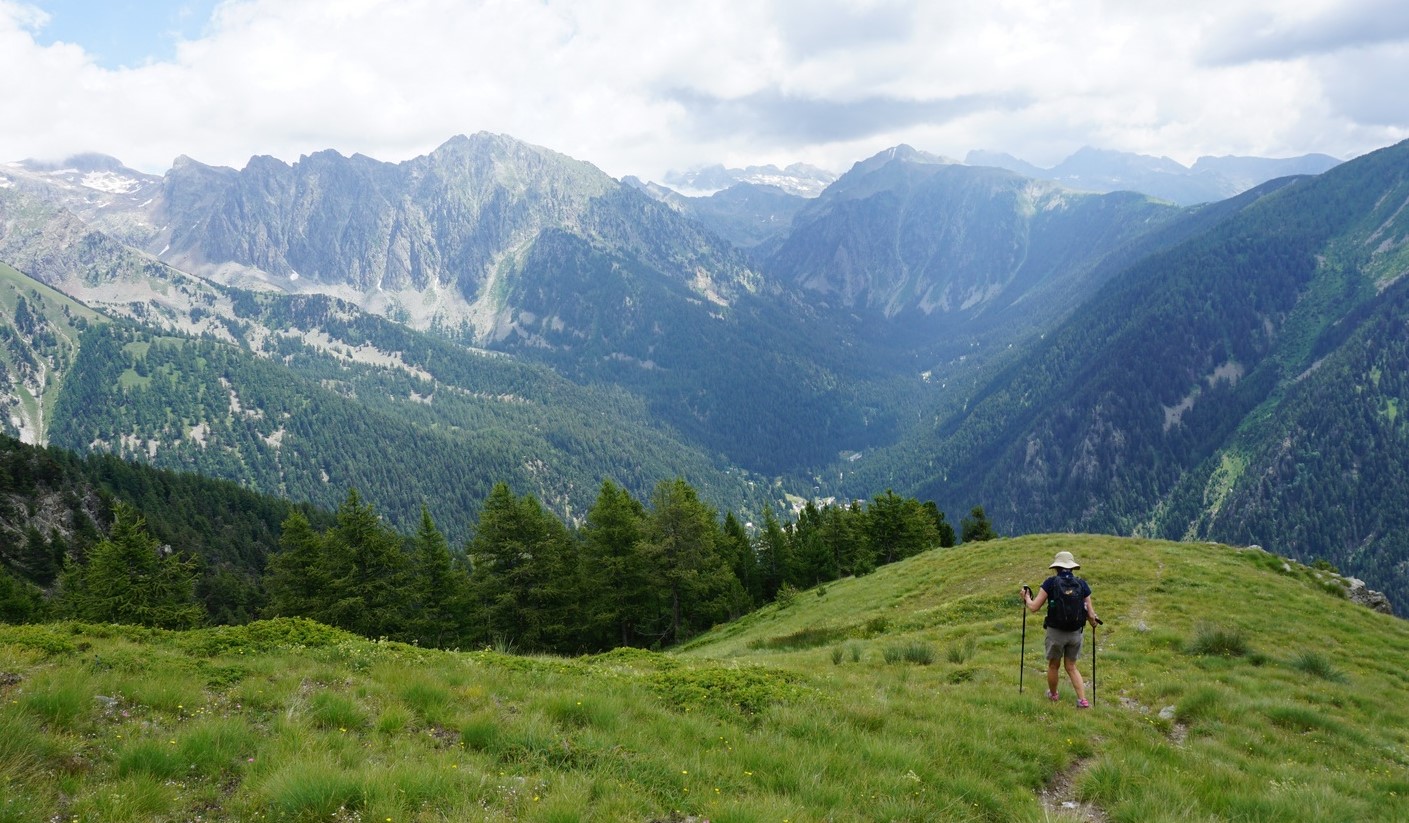Caussols: La Colle de Rougiès
Caussols: La Colle de Rougiès
The commune of Caussols (Village at 1130 m elev.) located in Grasse hinterland, northwest of Gourdon offers several interesting hiking opportunities. Paved roads reach over 1000 m elevation which makes the region popular as many of the summits and ridges can be reached with a relatively moderate effort. We have previously hiked to Haut Montet (1335 m; Civil Aviation Radar)...


